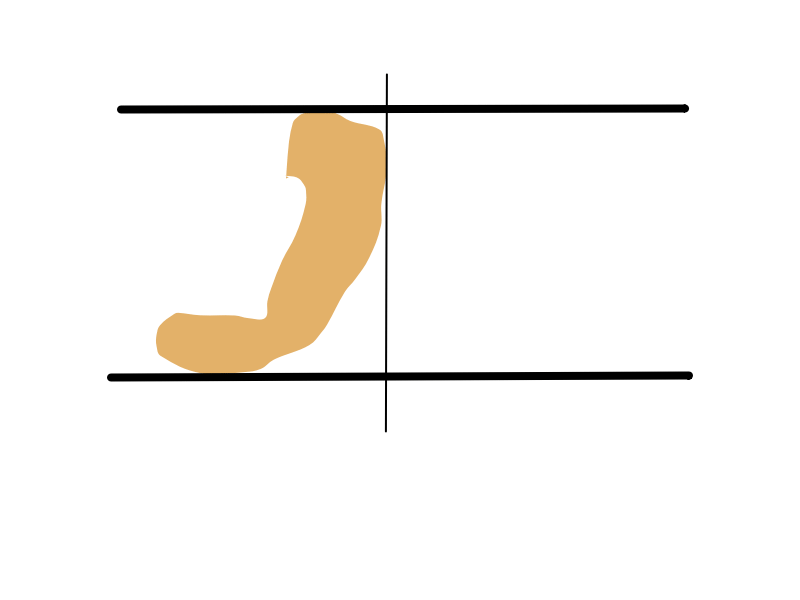What do you see when you observe this animation?

This file is the file used to generate the animation above Guides-3.pclx (27.4 KB).
Does it make a difference when you hide the Guides?
What do you see when you observe this animation?

This file is the file used to generate the animation above Guides-3.pclx (27.4 KB).
Does it make a difference when you hide the Guides?
What you see depends on what you are thinking. We tend to think of what we see as being the image or images that arrive at the retina at the back of the eye.
But what we see, is interpreted by the brain.
Look at the animation and think “Rotation” and you’ll see the object rotating. Think “Oscillation” and you’ll see the object oscillating!
This comes from our life, as a species, living on the African savanna. We shared and some still share this area with Lions and Tigers etc. These animals naturally see humans as meat, i.e. food. It id therefore important that humans can identify and Lion or a Tiger at a distance, including only seeing a part view, for example the top of the animals head.


Both images are Adobe stock images and are Copyright.
This pattern matching, is carried out subconsciously and very fast. This is essential because these animals can run very fast! We therefore don’t normally have conscious control over this process. But it is possible, if you understand what is happening, when for example you look at the above animation.
A lion who is asleep doesn’t pose a risk, neither does a young lion playing, unless the human causes it alarm and the parents feel they need to protect it.
This means that what we perceive is not always what our eyes see. As animators we use this to draw a series of still images and because of the above and persistence of vision, the result is that if drawn carefully we see, or more correctly we perceive a moving image!
If you are watching an animation, like the one below
 . Then the point at which you observe the motion affects what the observer sees. Seeing it an activity of the images being projected on the retina, at the back of the observer eyes. Then the images are processed by the brain, together they interpret what being observed!
. Then the point at which you observe the motion affects what the observer sees. Seeing it an activity of the images being projected on the retina, at the back of the observer eyes. Then the images are processed by the brain, together they interpret what being observed!
 The animation below has a definite start and finish points, therefore the viewer is not likely to misunderstand them.
The animation below has a definite start and finish points, therefore the viewer is not likely to misunderstand them.
If we want our animations, not to be understood, we must draw them in such a way, as to make the meaning. as seen by the viewer clear.
Such a device is the shine on the ball, in the ball bouncing animation. The Pencil2D file of this project is Non_Bounce-4.pclx (46.0 KB).
Most animations are of this type, for example when a character walks across the stage left to right. The rotating object is not very common, and an example is that of an animated logo, used on a website.
Traditional animation, using film was based on 24 frames per second. A viewer looking at a series of still images, will perceive because of persistence of vision. Not every individual has the same persistence of vision!
The speed of 24 fps, frames per second is an average, for an average viewer. Modern computer based animation is often 60 fps. Traditional animation was a very labour intensive operation, that’s part of the equation which lead to the 24 fps standard being adopted.
But for a simple aniamation like Guides-3.pclx (27.4 KB), some viewers will see more that 1 frame at a time.
In the case of a more complex animation, there will be more change on screen, which will have the effect of distracting the viewers attention. Thus the animation will appear to be smooth. The above animation is an extreme cast, which should act as proof for the general case.